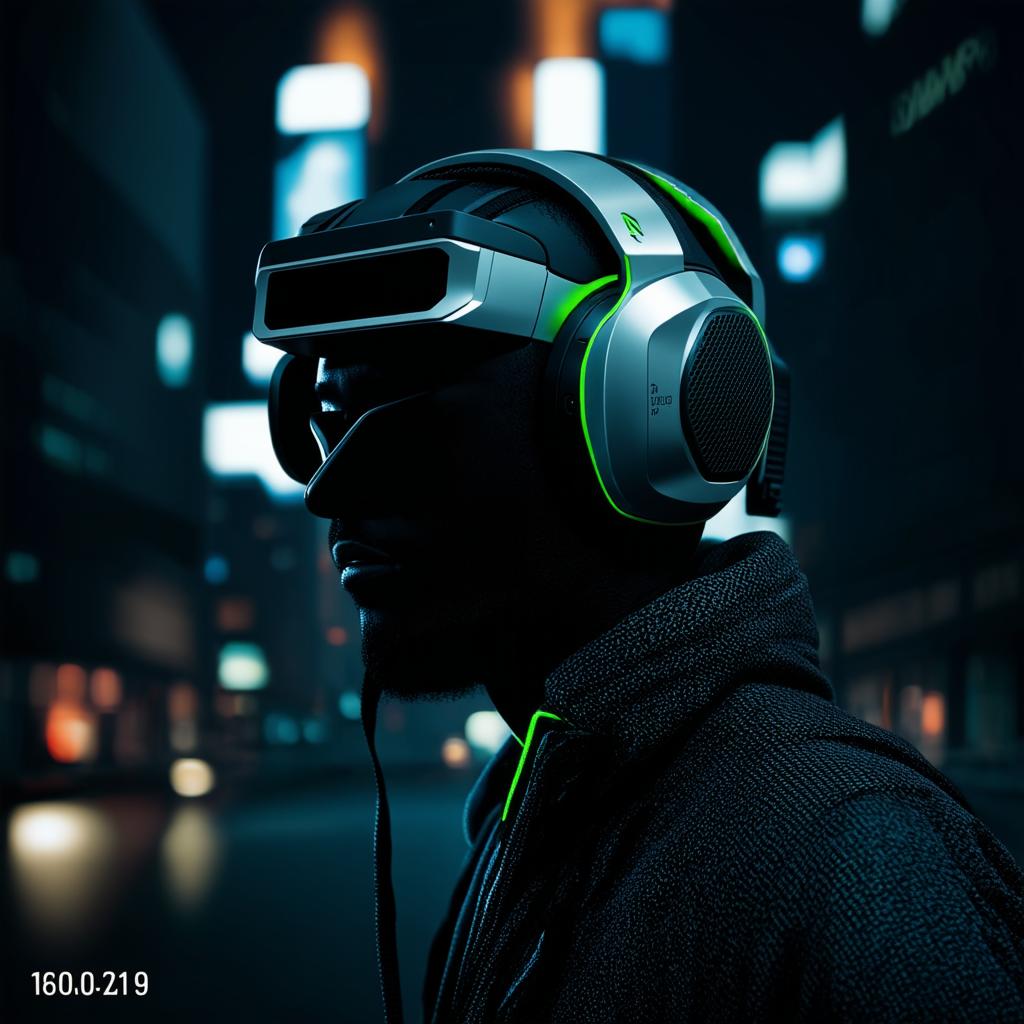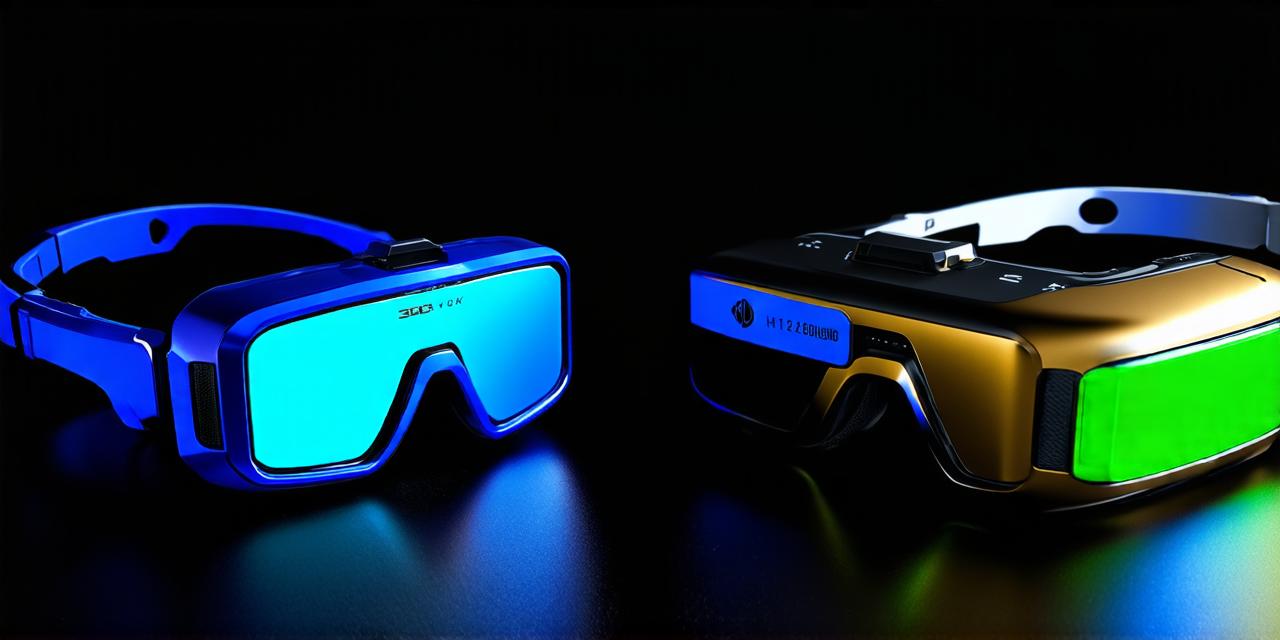Augmented reality and virtual reality are two of the most exciting and rapidly growing technologies in the world today. These immersive technologies allow users to experience digital content in new and innovative ways, blurring the line between the real and virtual worlds.
What is Augmented Reality?
Augmented reality (AR) is a technology that superimposes digital content onto the real world. This digital content can take many forms, such as graphics, animations, or even sounds, and is overlaid onto the user’s view of the real world using a camera or other sensing device.
AR allows users to interact with the digital content in a variety of ways, such as tapping on objects to reveal additional information or using hand gestures to control the behavior of virtual objects.
Applications of Augmented Reality

Augmented reality has many applications across a wide range of industries. Some examples include:
- Gaming: AR games allow users to interact with virtual objects and characters in real-world environments, creating a more immersive gaming experience.
- Education: AR can be used to enhance the learning experience by overlaying digital content onto physical objects or environments, allowing students to learn about historical events, scientific concepts, and other subjects in a more engaging way.
- Retail: AR can be used to create virtual try-on experiences for products such as clothing or makeup, allowing customers to see how a product would look on them before making a purchase.
- Manufacturing: AR can be used to provide real-time information to workers during the manufacturing process, improving efficiency and reducing errors.
What is Virtual Reality?
Virtual reality (VR) is a technology that creates a completely artificial environment for the user to experience. This environment is typically created using computer-generated graphics and sounds, and the user wears specialized equipment such as headsets or gloves to interact with the virtual world.
In VR, the user’s senses are fully immersed in the virtual environment, creating a sense of presence that can be difficult to distinguish from reality.
Applications of Virtual Reality
Virtual reality has many applications across a wide range of industries. Some examples include:
- Gaming: VR games allow users to fully immerse themselves in a virtual world, experiencing the game as if they were physically present in that world.
- Training and Simulation: VR can be used for training and simulation purposes, allowing people to practice skills or experience situations in a safe and controlled environment.
- Therapy: VR has been used in therapy to treat conditions such as PTSD, anxiety disorders, and phobias by creating virtual environments that trigger the condition and allowing patients to confront and overcome their fears.
- Design and Prototyping: VR can be used for design and prototyping purposes, allowing people to create and test designs in a virtual environment before building physical prototypes.
Differences between Augmented Reality and Virtual Reality
There are several key differences between augmented reality and virtual reality:
